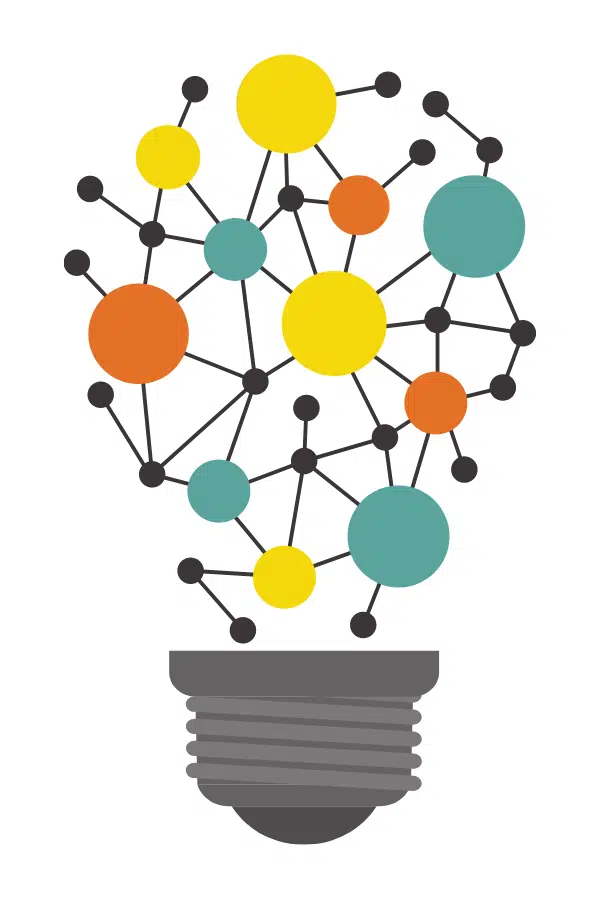How PARTNER revolutionizes COVID-19 contact tracing software
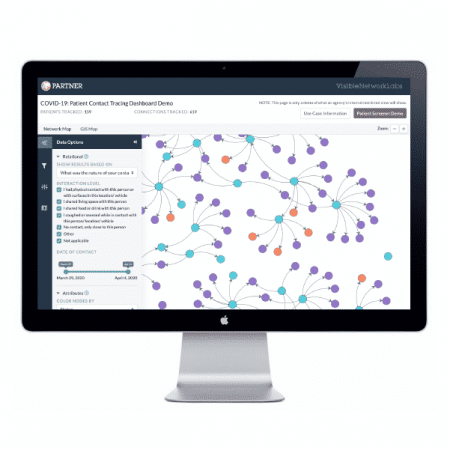
Contact tracing is a critical part of maintaining public health as we reduce widespread self-isolation in the wake of the COVID-19 pandemic. PARTNER is a COVID-19 contact tracing software that significantly improves our ability to collect, analyze and respond to contact tracing data. PARTNER uses network science to identify unseen hotspots, anticipate risk of spread, and inform public health decision-making in real time.
Why is PARTNER such powerful COVID-19 contact tracing software?
- PARTNER was made for this.
The platform is specifically designed to track extremely complex relationships between people and places in real time. It uses network science and sophisticated relational analysis to collect, map and analyze the kind of relational data we need for effective contact tracing.
- PARTNER is a well-established data system.
Originally developed over 10 years ago, PARTNER is a highly-adopted, validated platform used by network practitioners and decision-makers around the world. The platform has been used in diverse disaster recovery efforts including pandemic surveillance, recovery networks, and disaster mitigation.
- PARTNER uses web-based data entry.
Contact tracing data can be entered through a simple web link making it easy to collect consistent data from call-centers, in-person interviews, healthcare settings, or from home.
- PARTNER works with other data systems.
In addition to having its own web-based screener and data collection tools, the platform can seamlessly integrate data from other systems like patient health records.
- PARTNER can be used at scale.
The platform can handle millions of data points to simultaneously track complex contact networks at the local, state, and national levels.
How does COVID-19 contact tracing software work?
- Step 1
Infected patients or their interviewers fill out an online screener survey about the people and places they have had contact with over the past 14 days.
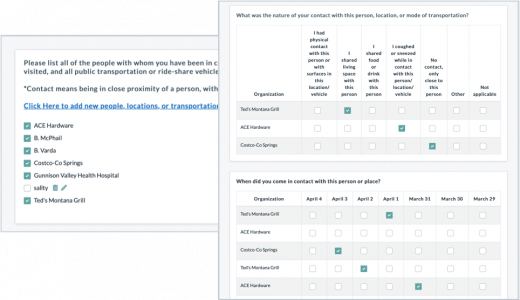
- Step 2
New contact network data instantly populates a centralized dashboard where contact networks can be mapped and analyzed using sophisticated relational analysis tools.
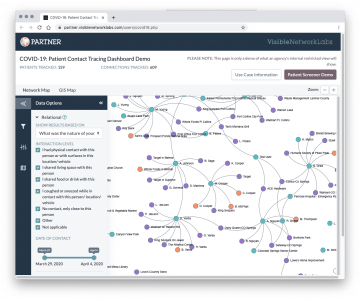
- Step 3
Real-time data and analysis can be efficiently translated into custom reports to inform decision making for community leaders, health professionals, and public health officials.
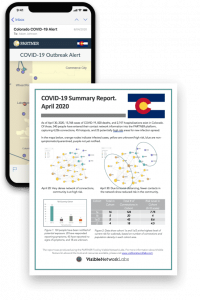
Who is Visible Network Labs?
At VNL we are experts in understanding complex relationships. Led by Dr. Danielle Varda, our team has spent the last 10 years using network science and technology to help people navigate the complex networks of relationships that affect their lives and work. We are deeply committed to doing everything we can to be a meaningful part of the solution as we navigate the diverse challenges of the COVID-19 pandemic. You can read some of our team’s recent publications below, or learn more about our team here.
Publications and reports from the VNL team
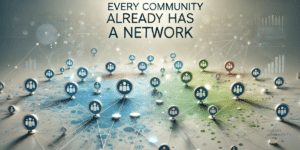
Every Community Already Has a Network… So Why Do We Keep Building Them From Scratch?
When communities seek to tackle complex issues—whether it’s addressing food insecurity, improving early childhood education, supporting older adults, or developing the workforce—their go-to solution is often to organize a new network, coalition, or alliance. These efforts, typically fueled by well-intentioned goals of cross-sector collaboration, aim
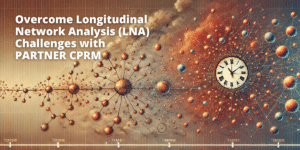
Overcome Longitudinal Network Analysis (LNA) Challenges with PARTNER CPRM
Health systems are increasingly being understood as dynamic, adaptive, and deeply interconnected structures, with a growing body of evidence showing the critical role organizational networks play in enhancing outcomes. Longitudinal Network Analysis (LNA) offers a promising method for evaluating and strengthening these interorganizational relationships over
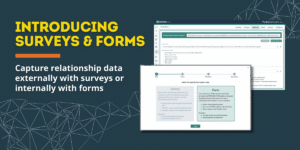
Introducing New Capture Types: Survey and Forms in PARTNER CPRM
At Visible Network Labs, we’re constantly evolving to meet the needs of our users, and we’re thrilled to announce a significant update to our PARTNER CPRM platform: the introduction of two distinct data capture methods, “Surveys” and “Forms.” This enhancement is designed to provide greater
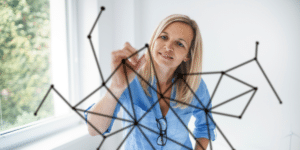
Maximizing Impact Through Network Strategies: A Guide to Smarter Collaboration
In today’s interconnected world, organizations and communities often discover that traditional hierarchical approaches fall short when tackling complex challenges. As issues become more intricate and stakeholders more diverse, there’s an increasing need for strategies that emphasize collaboration, interdependence, and shared resources. This is where network
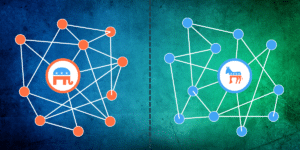
The Growing Political Partisan Divide in America: A Network Science Perspective
America is increasingly defined by its political divides. From social media echo chambers to neighborhood dynamics, political polarization has not just crept into our public discourse but has become a core characteristic of our social networks. As individuals, we increasingly organize our connections—whether online or
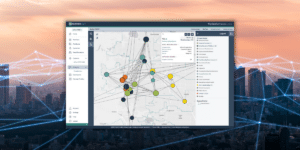
Leveraging Ecosystem Mapping to Support a System-Level Philanthropic Strategy
The FSG blog article “Embracing an Ecosystem Approach for Philanthropy” eloquently highlights a critical shift in the philanthropic landscape. Funders are moving away from being the epicenter of social change and are increasingly positioning themselves as facilitators, connectors, and learners within a broader ecosystem. This
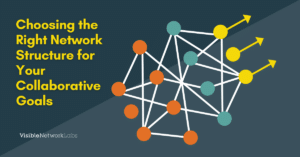
Choosing the Right Network Structure for Achieving Your Collaborative Strategic Goals
In today’s interconnected world, successful collaboration is key to achieving organizational and community objectives. Whether you’re leading a grassroots advocacy campaign, coordinating disaster relief, or driving innovation within your organization, the structure of your network plays a crucial role in determining your success. Network science
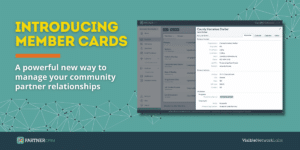
Introducing Member Cards: A Powerful New Way to Manage Your Relationships
At Visible Network Labs, we’re constantly innovating to ensure our PARTNER CPRM platform delivers the tools you need to effectively manage and grow your community partnerships. We’re excited to announce a significant new feature: Member Cards—a dynamic way to organize and interact with your ecosystem’s
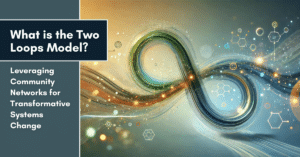
What is the Two Loops Model? Leveraging Community Networks for Transformative Change
In today’s rapidly evolving world, communities are increasingly called upon to navigate complex transitions. Whether it’s moving toward sustainable energy, addressing systemic inequities, or reimagining local economies, the challenge is not just to survive but to thrive in the face of change. The Two Loops
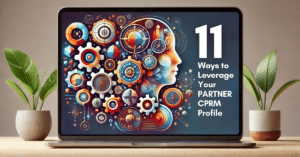
11 Ways to Leverage Your PARTNER CPRM Member Profile
The PARTNER Collaborative Performance and Relationship Management (CPRM) platform is a robust tool that allows organizations to capture, analyze, and share valuable relational data within their networks. As a respondent, you may not be deeply familiar with the platform itself, but you now have access
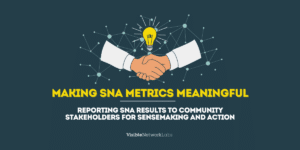
Making SNA Metrics Meaningful: Reporting SNA Results to Community Stakeholders for Sensemaking and Action
At the recent 2024 Sunbelt Network Analysis Conference, we had the opportunity to present on a crucial topic: “Making Metrics Meaningful: Reporting SNA Results to Community Stakeholders for Sensemaking and Action.” This session focused on the importance of translating social network analysis (SNA) results into
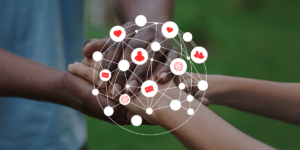
Harnessing Social Network Analysis and Mapping for Relational Philanthropy
In a recent insightful article from the Stanford Social Innovation Review, Kathleen Boyle and Tracy L. McFerrin emphasize the transformative potential of centering relationships in philanthropy. They advocate for fostering meaningful relationships, promoting shared learning, and developing a standard of conduct to enhance relational philanthropy.
Connect with our Team!
Contact the VNL team to demo PARTNER™ or discuss a research or evaluation project. We can help you learn more about our services, help brainstorm project designs, and provide a custom scope based on your budget and needs. We look forward to connecting!
Email our team: hello@visiblenetworklabs.com
Send a message: Contact Us Here
